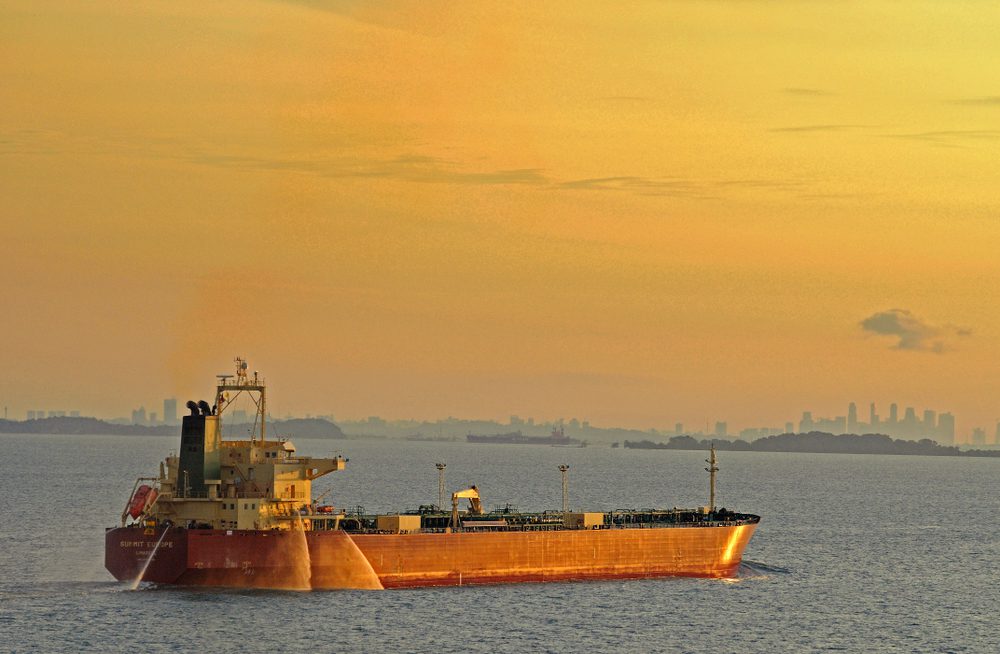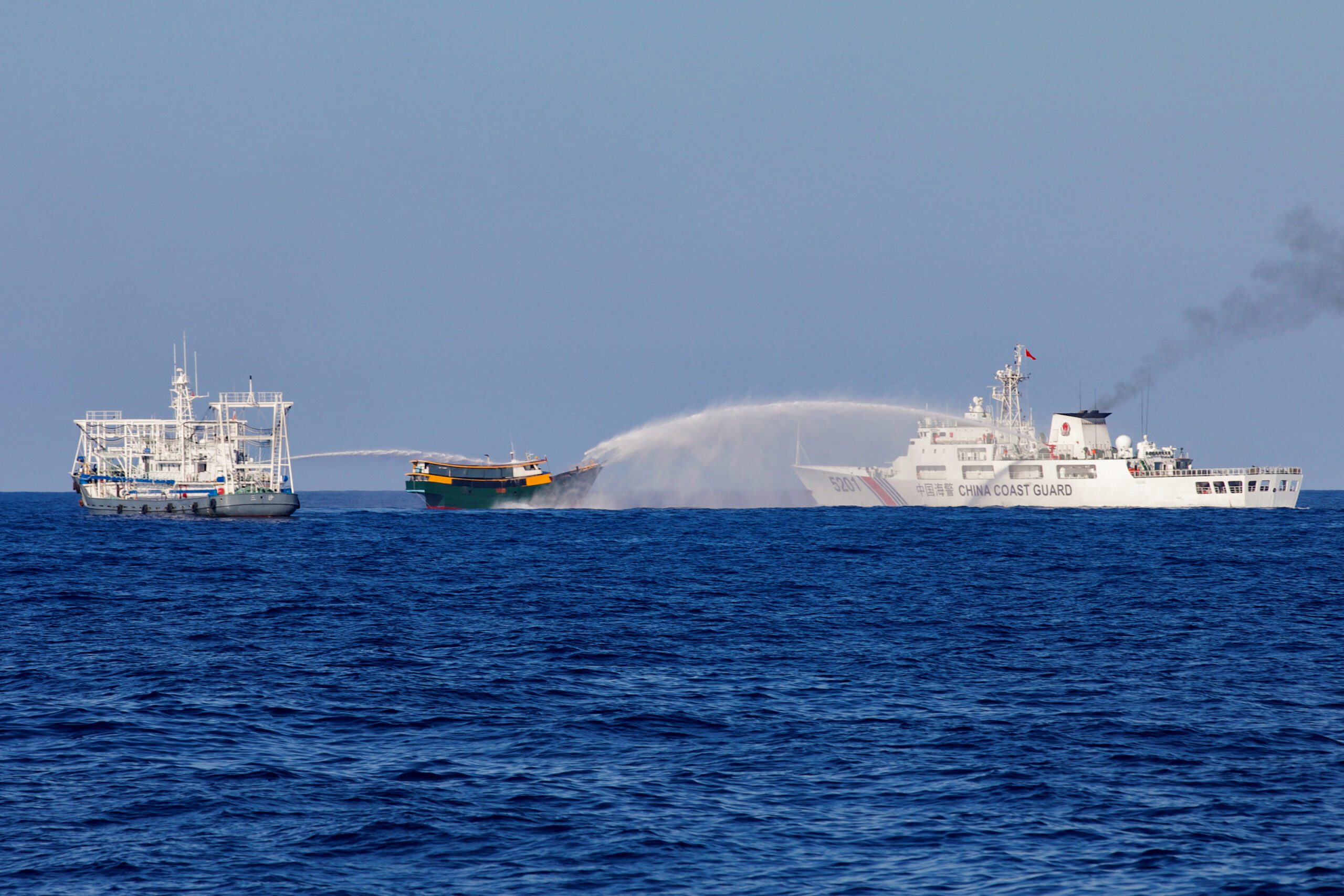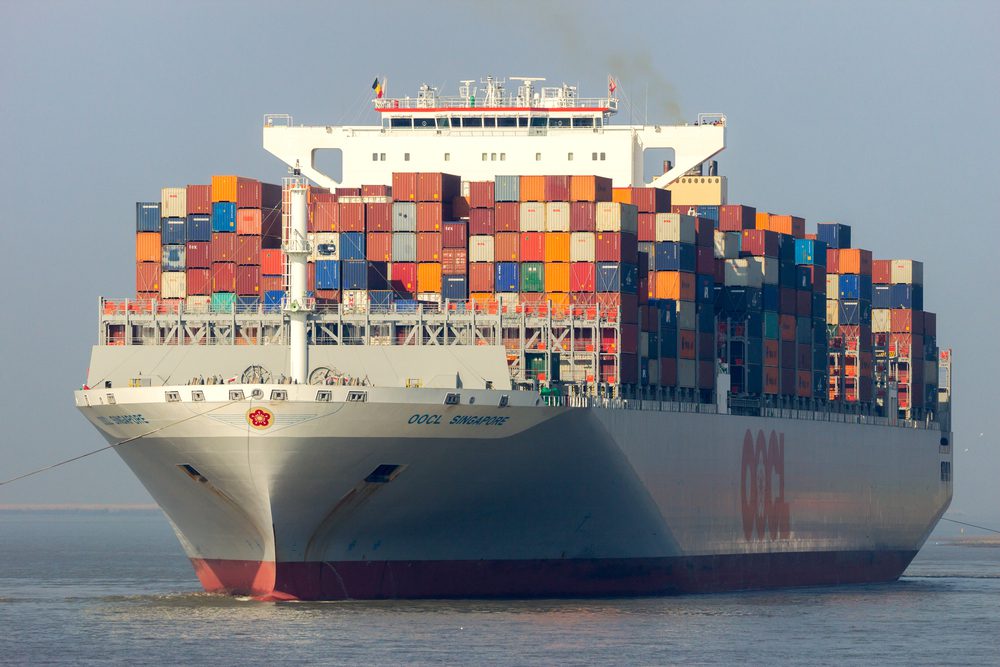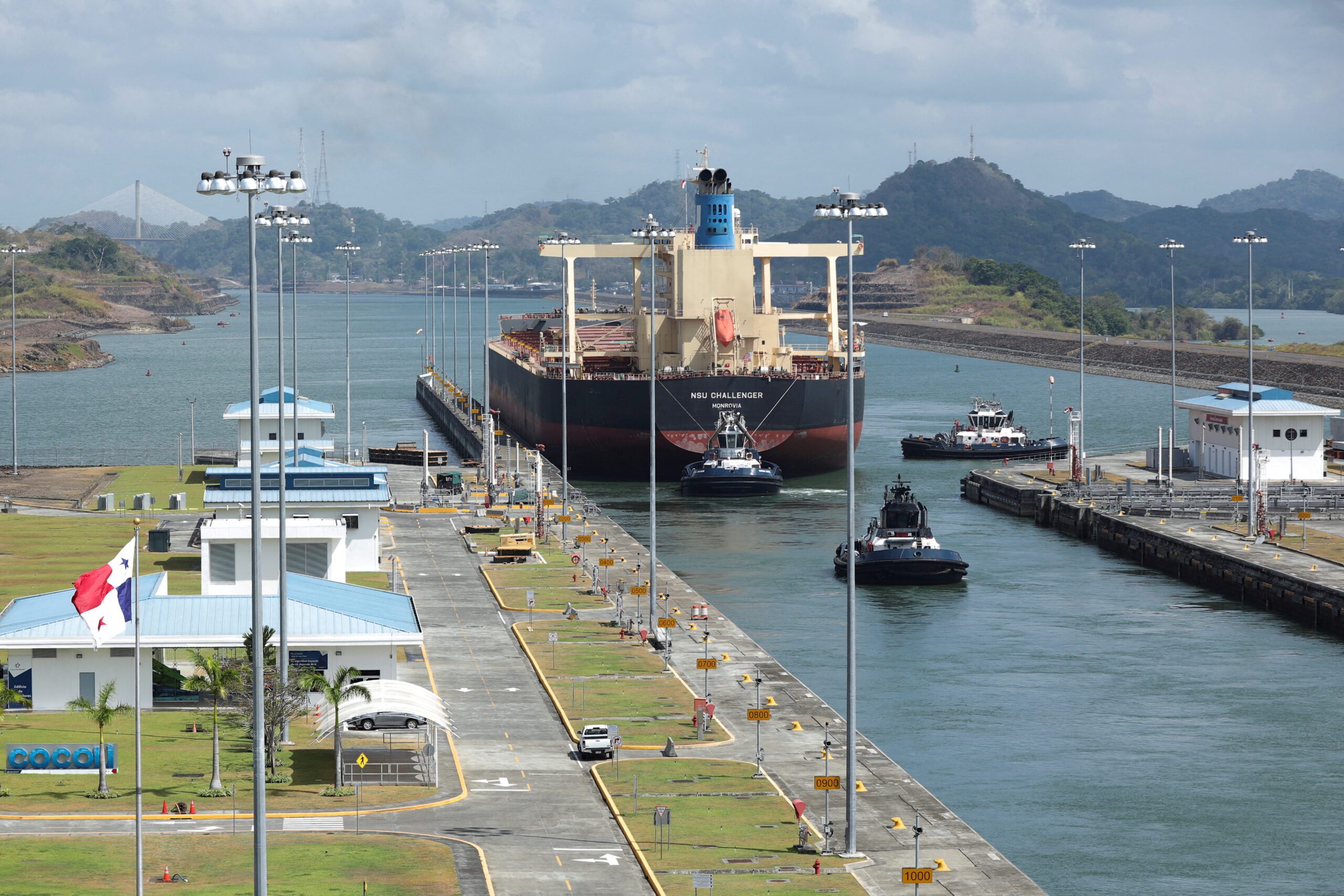By Bloomberg News (Bloomberg) —
The escalating crisis over Ukraine has catapulted the cost of shipping oil by sea.
Freight rates for hauling crude from Russia are surging as sanctions imposed on the country push up the risks of carrying cargoes on those routes, while a scramble for alternative supplies boosts the rates for other passages. Shipowners are offering at least double the last transacted rate to carry so-called ESPO crude from Kozmino, which loads oil from Russia’s Far East, to ports in China, according to traders and a shipbroker who asked not to be identified. Shipping costs from Ceyhan, Turkey, to China have also increased.
For U.S. oil voyages, vessel owners are asking for higher prices to send cargoes to the Far East aboard supertankers after doing deals at nearly double the price last week from early this month, according to people familiar with the matter. Typically, supertankers can hold as much as 2 million barrels of crude oil.
Commodity markets have been pitched into turmoil by the Russian invasion, with merchant vessels hit in the Black Sea. Brent crude has topped $100 a barrel, and prices surged again Monday after a fresh raft of sanctions was directed against the Russian central bank and other entities. That’s raising the risk of handling the nation’s raw materials, while boosting interest for alternatives to Russian oil such as American and Persian Gulf crudes.
Although U.S. oil is considered pricey versus comparable crude from the Middle East, grades from the U.S. Gulf Coast such as Mars Blend are alternatives to Russia’s flagship Urals crude, traders said. Other replacements are Iraq’s Basrah Medium and Saudi Arabia’s Arab Light, while those for ESPO and Sokol include Murban, Arab Extra Light and West Texas Intermediate.
In addition to avoiding Russian crude, buyers are also looking to transport their oil cargoes aboard non-Russian vessels, adding premiums for other tankers, according to people familiar with the matter. Adding to this is the rising cost of ship fuels, also known as bunkers. In the U.S., bunker fuel has skyrocketed to a seven-year high.
Furthermore, ship staffing may be starting to become an issue as Ukrainian citizens have been asked to go back home to help with the war effort, the people said. Russian and Ukrainian seafarers make up 14.5% of the global shipping workforce, the International Chamber of Shipping said in a bulletin last week.
© 2022 Bloomberg L.P.
Unlock Exclusive Insights Today!
Join the gCaptain Club for curated content, insider opinions, and vibrant community discussions.

 Join The Club
Join The Club













